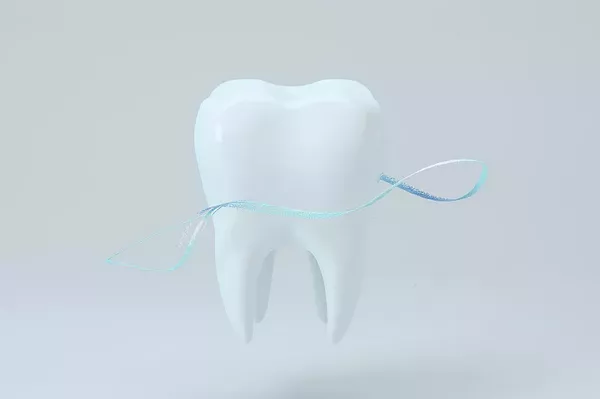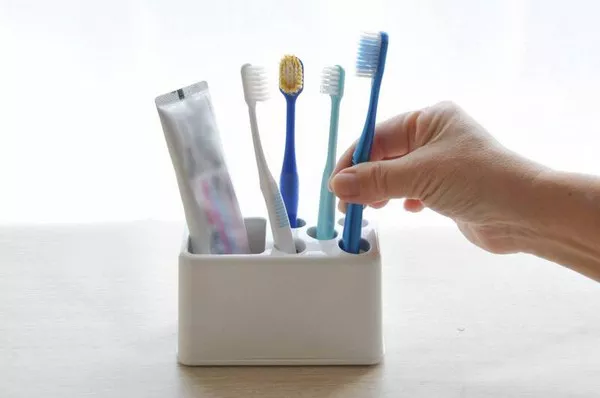In the quest for a brighter, whiter smile, many individuals turn to teeth whitening strips as a convenient and accessible solution. However, a common query arises among those with dental fillings – will whitening strips work effectively on teeth with fillings? In this comprehensive guide, we will delve into the intricacies of using whitening strips on filled teeth, exploring the possibilities, considerations, and potential outcomes.
1. Understanding Dental Fillings and Their Composition
Before delving into the compatibility of whitening strips with fillings, it’s essential to comprehend the nature of dental fillings. Dental fillings are commonly made from materials like amalgam, composite resin, gold, or porcelain. Each material possesses distinct properties, and this plays a crucial role in determining how they respond to teeth whitening treatments.
1.1 Amalgam Fillings: Resilient but Resistant
Amalgam fillings, a blend of metals including silver, tin, copper, and mercury, are known for their durability. However, they are relatively resistant to teeth whitening agents. The metallic nature of amalgam makes these fillings less responsive to the active ingredients in whitening strips.
1.2 Composite Resin Fillings: A More Compatible Option
On the other hand, composite resin fillings, a popular tooth-colored alternative, tend to be more responsive to whitening treatments. The porous nature of composite resin allows the whitening agents to penetrate and lighten the tooth structure effectively.
2. Potential Effects of Whitening Strips on Fillings
Now that we’ve established the diverse nature of dental fillings, let’s explore the potential effects of whitening strips on teeth with fillings.
2.1 Whitening Adjacent Natural Teeth
Whitening strips primarily target natural tooth enamel. Therefore, if you have fillings on adjacent teeth, the contrast in color between the natural enamel and the filling material may become more noticeable after whitening. This aesthetic concern should be carefully considered before opting for whitening strips.
2.2 Sensitivity Considerations
Patients with dental fillings might experience varying degrees of tooth sensitivity during or after whitening treatments. While this sensitivity is typically temporary, individuals with amalgam fillings may be more prone to it due to the material’s resistance to the whitening process.
2.3 Consultation with a Dentist
Before embarking on a whitening journey, it is advisable to consult with a dentist. A dental professional can assess the type of fillings you have, their condition, and provide personalized recommendations based on your oral health.
3. Tips for Safely Using Whitening Strips on Fillings
While there may be challenges associated with whitening strips and dental fillings, several tips can enhance the safety and efficacy of the process.
3.1 Choose Whitening Strips Wisely
Opt for whitening strips that are specifically formulated for sensitive teeth. These variants often contain lower concentrations of peroxide, minimizing the risk of sensitivity for individuals with dental fillings.
3.2 Gradual Whitening Approach
Take a gradual approach to whitening by using the strips less frequently than recommended, especially if you have amalgam fillings. This allows for a more controlled and conservative whitening process.
3.3 Monitor Sensitivity Levels
Be attuned to any signs of increased tooth sensitivity during the whitening process. If sensitivity persists or worsens, it’s crucial to consult with a dentist promptly.
4. The Role of Professional Teeth Whitening Options
Considering the potential challenges with whitening strips and fillings, exploring professional teeth whitening options becomes imperative.
4.1 In-Office Teeth Whitening
Professional, in-office teeth whitening treatments administered by dentists offer a controlled environment and customized solutions. This approach ensures that fillings are adequately protected during the whitening process.
4.2 Customized Take-Home Kits
Dentists can also provide customized take-home whitening kits, addressing individual concerns and minimizing the risk of adverse effects on dental fillings.
5. Conclusion: Balancing Aesthetics and Oral Health
In conclusion, the effectiveness of whitening strips on teeth with fillings is influenced by various factors, including the type of filling material and individual oral health conditions. While challenges may exist, a balanced approach, consultation with a dentist, and consideration of alternative professional whitening options can help individuals achieve a brighter smile without compromising dental fillings.
By understanding the nuances of this dental dilemma, individuals can make informed decisions to enhance both the aesthetics and health of their smiles. Remember, a radiant smile is not just about appearance; it’s also about maintaining optimal oral well-being.
Related Links:
Does brace change your face shape?
How to clean orthodontic retainers?
Why do dentist put rubber bands between teeth?





























